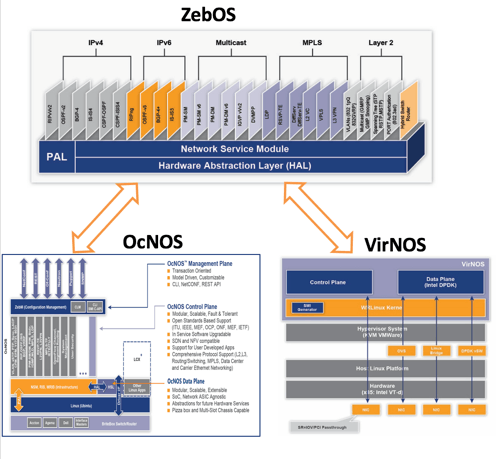Africa DNS Forum: Taking Stock and Planning Ahead
The 5th Africa Domain Names System (DNS) Forum was successfully closed on 28 July after three days of insightful reflections on the Africa DNS Industry and the business opportunities it can provide. This forum follows on the success of previous fora that have taken place in Africa over the past few years – namely South Africa in 2013, Nigeria in 2014, Kenya in 2015, and Morocco in 2016.
 The hybrid cloud sits at the core of compute and storage efforts.
The hybrid cloud sits at the core of compute and storage efforts. Founded by Kunihiro Ishiguro and Yoshinari Yoshikawa the founders of
Founded by Kunihiro Ishiguro and Yoshinari Yoshikawa the founders of 